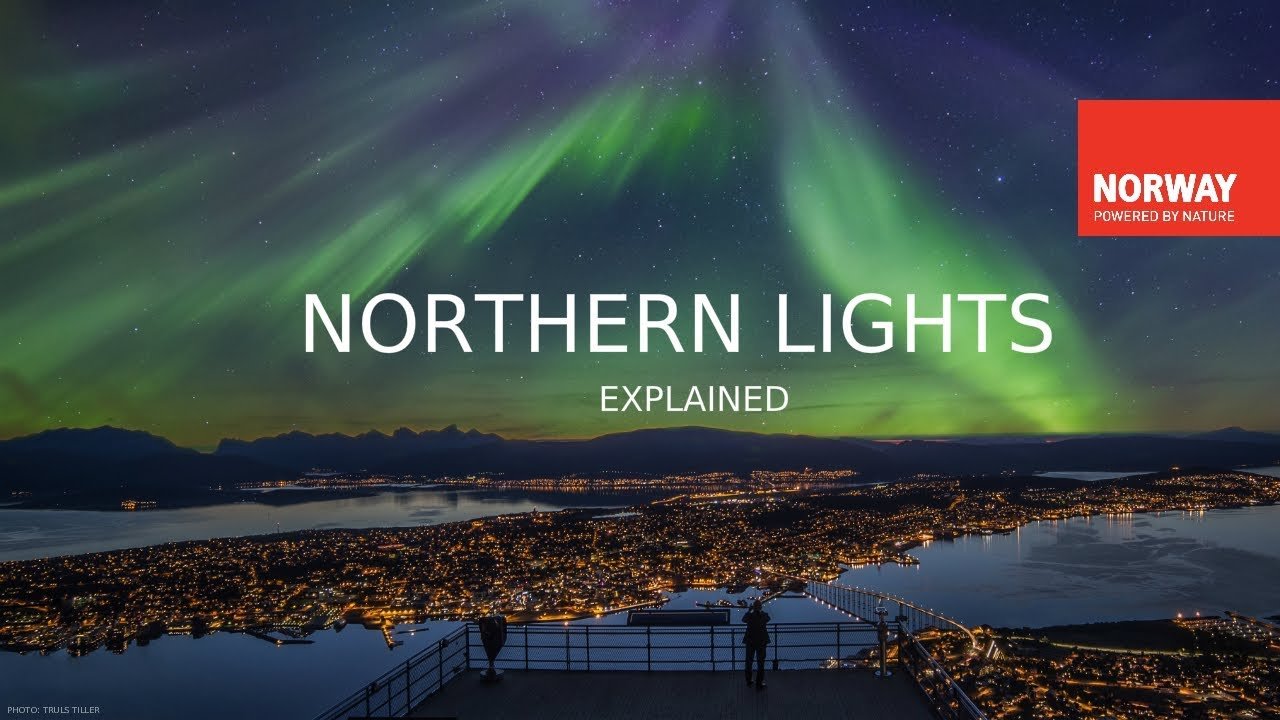Polar lights (aurora polaris) are a natural phenomenon found in both the northern and southern hemispheres that can be truly awe inspiring. Northern lights are also called by their scientific name, aurora borealis, and southern lights are called aurora australis.
The origin of the aurora begins on the sun’s surface when solar activity ejects a cloud of gas. Scientists call this a coronal mass ejection (CME). If one of these reaches earth, taking about two to three days, it collides with the earth’s magnetic field. This field is invisible. If you could see it, it would make the earth look like a comet with a long magnetic ‘tail’ stretching a million miles, in the opposite direction of the sun.
When a CME collides with the magnetic field, it causes complex changes to happen to the magnetic tail region. These changes generate currents of charged particles, which then flow along lines of magnetic force into the Polar Regions. These particles are boosted in energy in the earth’s upper atmosphere and, when they collide with oxygen and nitrogen atoms, they produce the dazzling auroral light.
View the original video here.
Good Living is the Cyprus Mail’s portal of curated content from across the internet, showcasing local and global ideas, cultural highlights, and scientific and technological developments to inspire a sustainable life.







Click here to change your cookie preferences